Julia Takahashi
(Santa Fe, New Mexico, United States)
Feeling Blue? (2025)
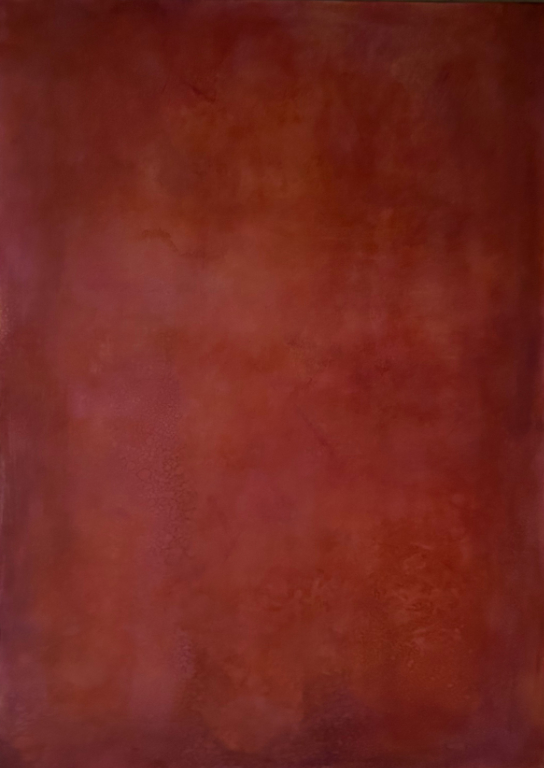
TAKAHASHI_JULIA_Kintaro Series 16_91.44 x 60.96 cm_Oil on Canvas_in progress.Dec 2024
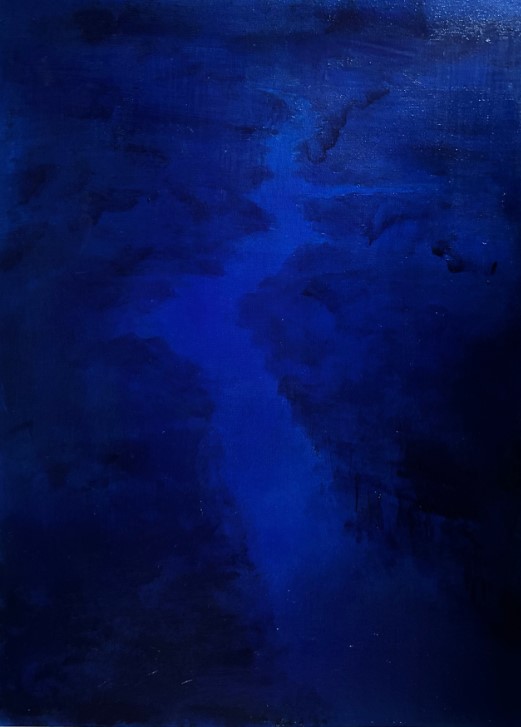
TAKAHASHI_JULIA_Gorge III__61 x 47.5 cm 24 X 18 in_Oilon Canvas Paper_Final_MApr2025
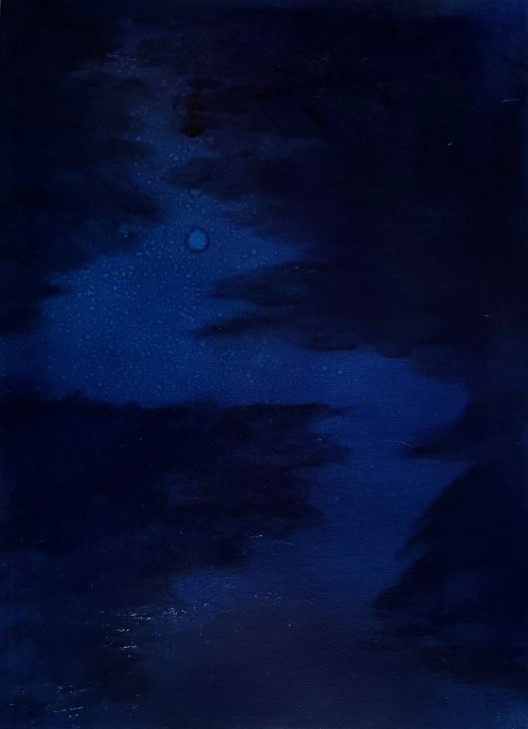
TAKAHASHI_JULIA_Gorge II__61 x 47.5 cm 24 X 18 in_Oil on Canvas Paper_Final_Apr2025
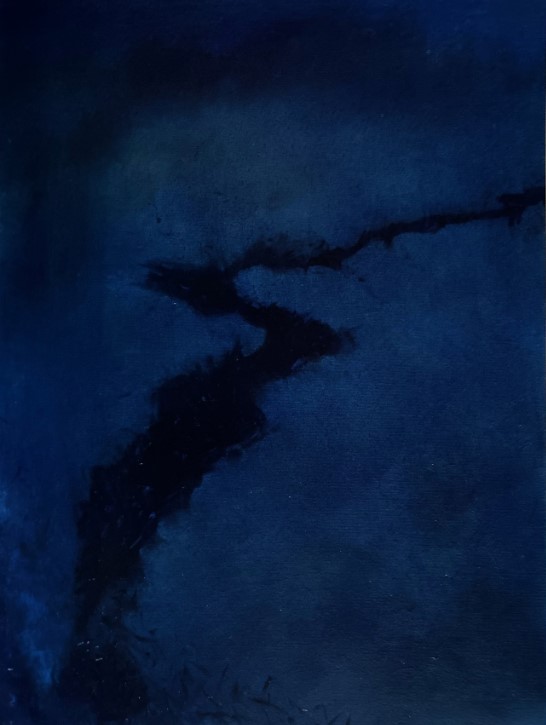
TAKAHASHI_JULIA_Gorge I__61 x 47.5 cm 24 X 18 in_Oilon Canvas Paper_Final_March2025
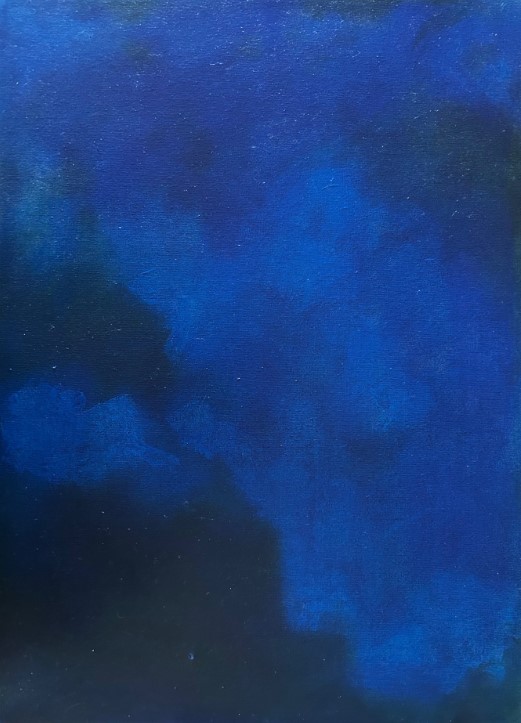
TAKAHASHI_JULIA_Feeling Blue 8_61 x 47.5 cm 24 X 18 in_Oil on Canvas Paper_Final.Apr2025
Biography – Biographie
Julia Takahashi started her artistic career as a ceramicist, became a practicing architect and is now working in oil, collage, mixed media and sculpture. She is a Happa with a Japanese father and a mother from an old New England family. This background in the context of American race relations provided her with a strong grounding in the power of being a bridge between cultures. She grew up in Boulder, Colorado and now lives in the Nambe River Valley north of Santa Fe, New Mexico where she has her studio. She has an undergraduate degree in Environmental Design and a Masters in Architecture and Urban Design. She took some art courses during her academic years, but most of her training has been through apprenticeship, mentorship, non-accredited classes and her own study and practice.
Julia Takahashi débute sa carrière artistique comme céramiste, est devenue architecte et travaille maintenant à la peinture à l’huile, au collage, aux techniques mixtes et à la sculpture. Elle est une Happa, dont le père est japonais et la mère est issue d’une vieille famille de la Nouvelle-Angleterre. Ce parcours dans le contexte des relations interraciales américaines lui a permis d’acquérir une solide base dans le pouvoir d’être un pont entre les cultures. Elle a grandi à Boulder, dans le Colorado, et vit maintenant dans la vallée de la rivière Nambe, au nord de Santa Fe, au Nouveau-Mexique, où elle a son atelier. Elle est titulaire d’un diplôme de premier cycle en design environnemental et d’un master en architecture et en design urbain. Elle a suivi quelques cours d’art pendant ses années universitaires, mais la plupart de sa formation s’est faite par l’apprentissage, le mentorat, des cours non accrédités et sa propre étude et pratique.
Artist’s Statement
Blue is perhaps the most ineffable color. It symbolizes our most transcendent and spiritual aspirations and our deepest sorrows, longings and resilience in the face of adversity. Coined by African Americans, “The Blues” spanned time and space linking people to their roots, expressing hardships but also hopes for better times. It anchored people to a common experience and provided a way to process pain and injustice and find healing. Resonating deeply with the human experience and transcended cultural boundaries it became a foundational element of contemporary music and the common refrain, “I’m feeling blue.”
The Gorge paintings were inspired by the Taos Gorge, part of the Rio Grande continental rift. The dark, twisting slash of the gorge into the earth expressed to me not only the rending of our foundation, the earth, but also ancient tales of humans finding both safety and peril in the hidden turn of a gorge.
The Pulitzer Prize winning writer, Tristan McConnell, has this to say about rifts: The Rift is a place, but ‘rift’ is also a word. It’s a noun for splits in things or relationships, a geological term for the result of a process in which Earth shifts, and it’s a verb apt to describe our current connection to the planet: alienation, separation, breakdown. The Rift offers us another way of thinking.
The Gorge paintings explore the archetypal image of the rift valley and all that it implies on an environmental, societal and individual level. I am approaching these paintings as contemporary color field paintings, seeking to explore the emotive power of the color blue and a sense of a “ghost in the painting.” How do we inhabit this color? How do we interpret the rending of our earth? How do we react to the fissures in our social expectations?
